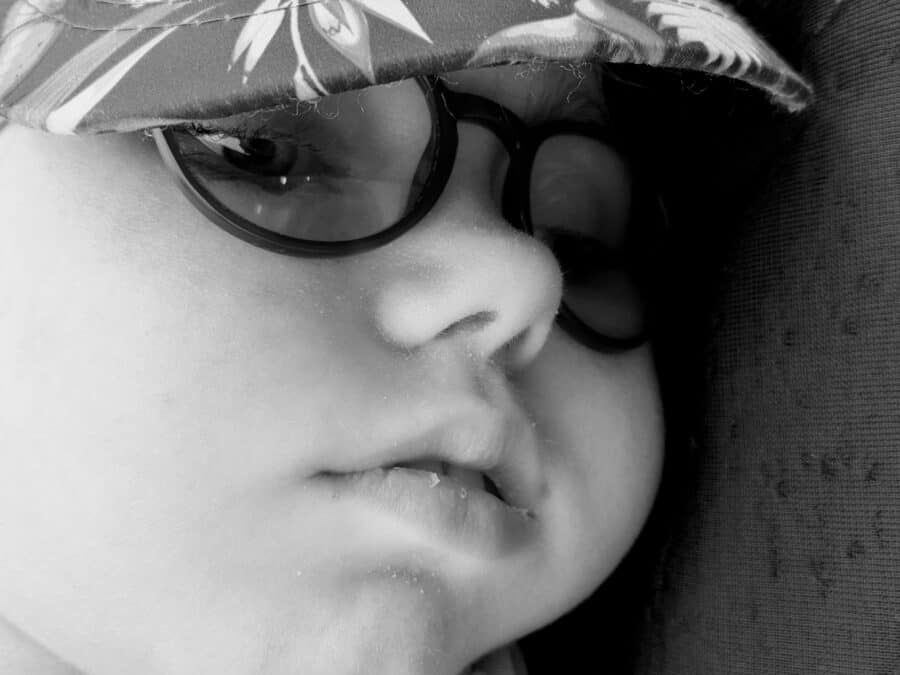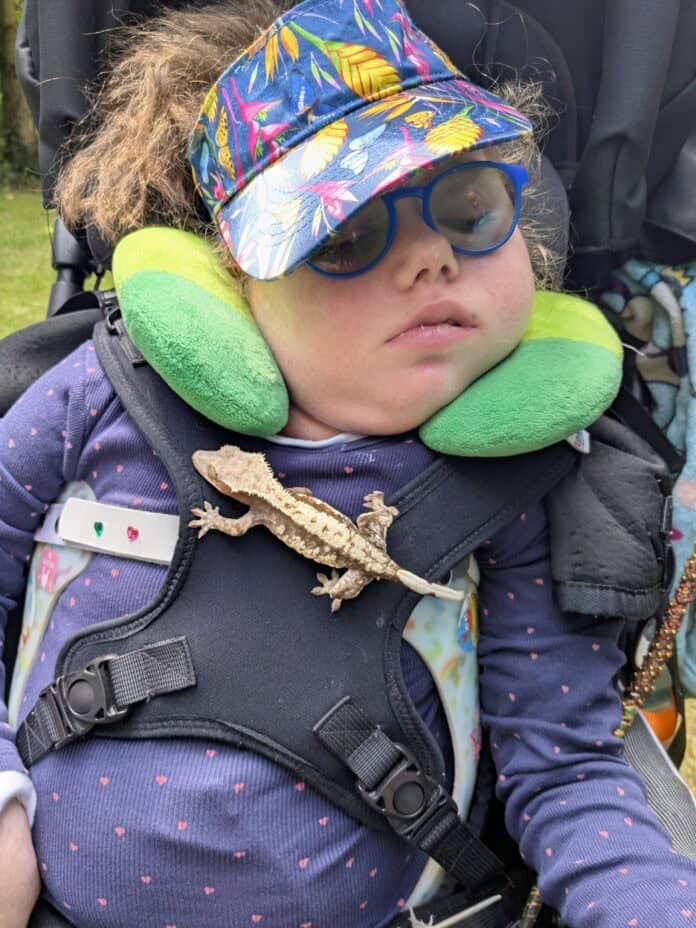By John Baron
A Bramley girl who has a rare condition which affects mobility and speech has beaten the odds to celebrate her tenth birthday.
Zoe Lightfoot has had Infantile Neuro Axonal Dystrophy (INAD) since she was a toddler and her family were told she would have a life expectancy of between five and 10 years.
Mum Christine Hamshere said: “We were not expecting to see her reach her tenth birthday and I am so happy that we are. She is still fighting and I am so proud.
“Zoe has been an incredibly brave little girl. She is my inspiration, my driving force.”
Christine and Zoe’s dad, Steven Lightfoot, launched national charity, Cure INAD UK, in 2021 to help find a cure for the condition.
“Life was turned upside down when she was first diagnosed,” Christine said “For her first two years she developed normally and did things that all one and two year olds would do. Then we saw that she wasn’t able to walk.”
Zoe was also diagnosed with seizures last year, which the family is trying to control with medication. Experts have likened INAD to childhood Parkinsons.
Christine added: “She still enjoys going to school full time. She has visited the Miffy exhibition at Leeds City Museum many times this summer. We went away to Bendrigg thanks to the Strongbones charity this summer where Zoe went up the climbing wall, did archery, went canoeing, sailing and went down the zipwire.”

The charity Cure INAD UK is still going strong.
“We have provided several grants to help progress the UK gene therapy programme towards human trials,” Christine added. “Gene therapy will provide a cure for INAD by replacing the gene defect with a corrected gene. The programme is now being led by University College London.”
A birthday fundraiser has been set up for Zoe if anyone would like to donate to help wish her a happy birthday and celebrate making it to 10 years old. Money raised will also go towards a £2 million worldwide fundraiser which has just launched to help find a cure for INAD.
Initial research into gene therapy shows promise. Work is ongoing to define outcome measures, validate model data, and approach national grant providers, and the programme is moving towards what campaigners hope will be a first-in-human clinical trial.
Both Cure INAD UK and the INAD Foundation Australia now share a clear goal: to raise £2 million towards the production of the viral vector, required for the gene therapy treatment.
It is envisaged that this funding could help bridge the crucial gap between research and treatment.
Christine added: “This update marks an encouraging step for the INAD community. With continued collaboration, research progress, and support, we hope to move closer to a treatment option for children with INAD worldwide.
“We want to raise the £2 million needed to fund the production of the viral vector, and we need to do this quickly. Every donation, fundraiser, or share helps bring this vision closer to reality.”
The journey of Zoe’s family has been documented here at WLD.
More information on Cure INAD UK can be found here.
Sponsored content


